Experts have long understood that industrial fishing plays a big part in the growing climate change crisis. However, they believed the sheer number of fish and marine life the industry kills was the problem, not how the job itself gets done.
A recent study revealed that one particular fishing practice is, in fact, having a substantial negative impact on the world’s oceans and, consequently, the planet as a whole.
Why Is Industrial Fishing Bad for the Environment?

At this point, it’s nearly impossible to argue against the fact that commercial fishing is terrible for the environment.
Not only do each of these giant vessels catch hundreds of tons of fish every day, most of which they cannot even sell, but they also leave an incredible amount of toxic and plastic waste behind – all of which kills even more marine life.
A Lack of Biodiversity Is Devastating for the Planet
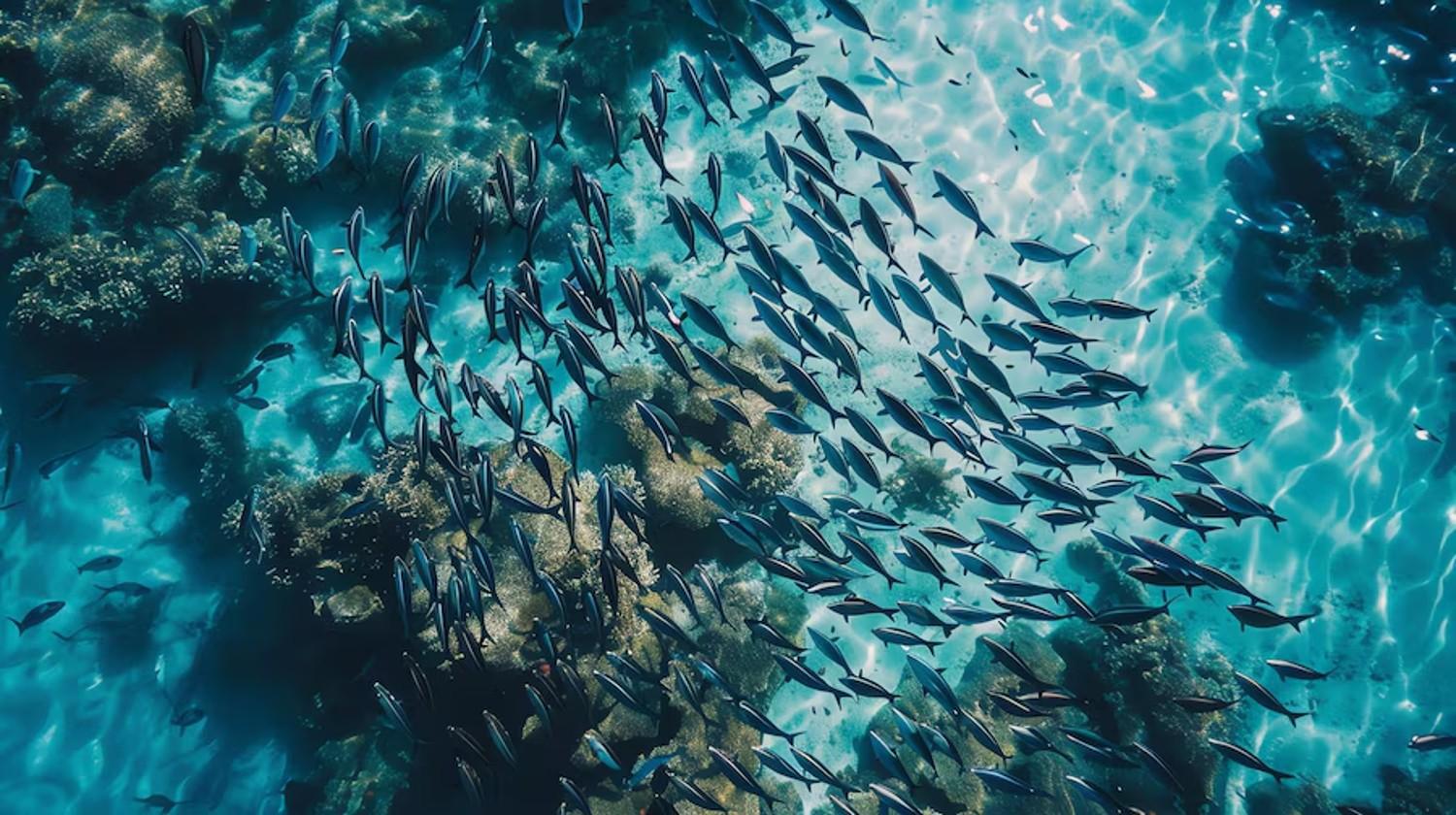
Overfishing is a real problem, not just because of the number of fish being collected for consumption but also because it’s creating an extreme lack of biodiversity in the world’s oceans.
And a lack of biodiversity in the oceans and near-constant pollution are drastically increasing the many adverse side effects of climate change. It’s really a vicious cycle because decreased biodiversity causes climate change, but climate change also leads to less biodiversity.
New Study Shows Commercial Fishing Is Causing More Climate Problems

Now, a new study reveals that in addition to wiping the ocean clean of marine life and polluting its waters, how commercial vessels collect the fish is also a problem.
The study, published earlier this year, reports that bottom trawling, a common practice among commercial fishing boats, releases hundreds of millions of tons of carbon from the ocean into the air. And this added carbon is directly contributing to the changing climate.
How Does Bottom Trawling Release Carbon?
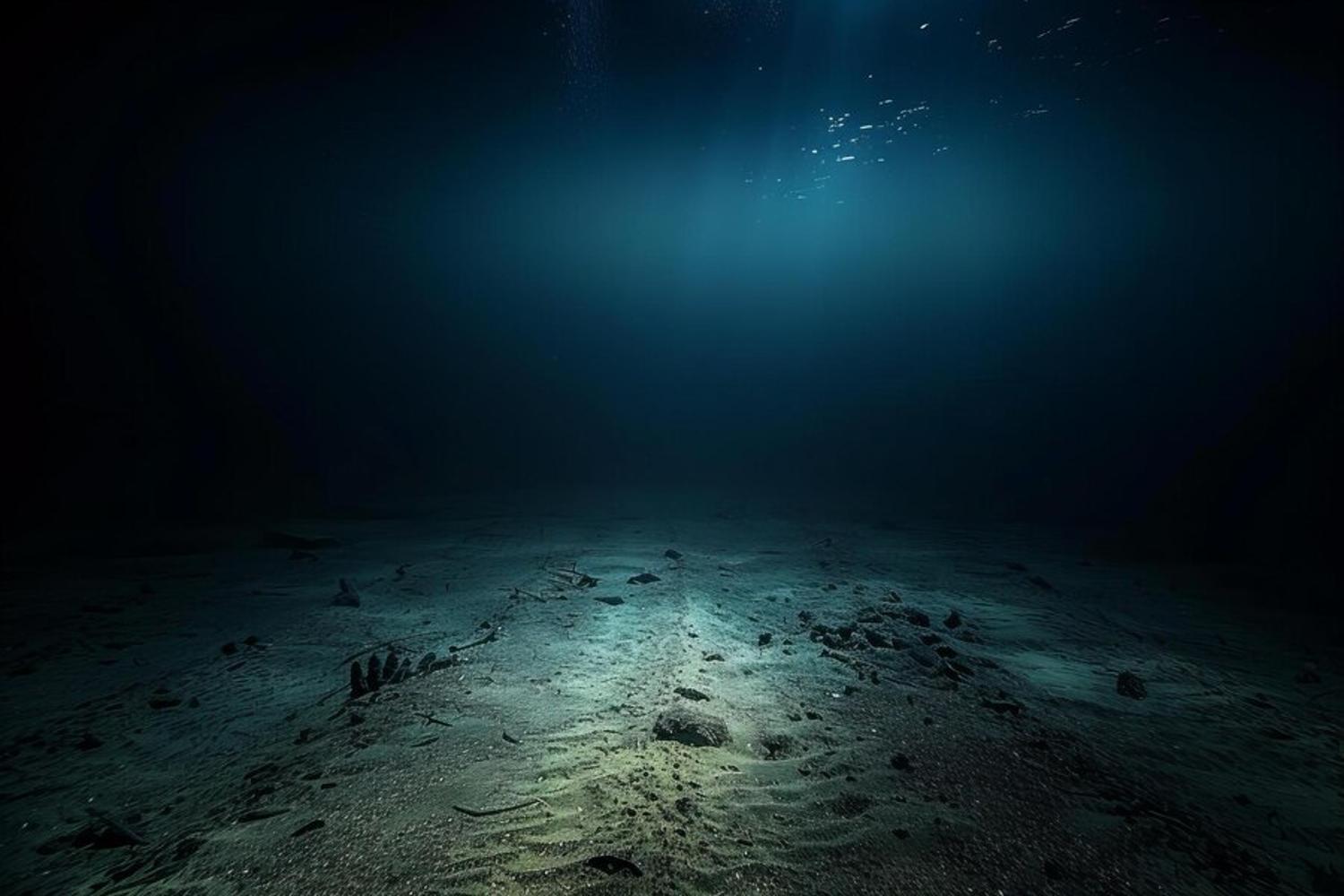
When nets are released from fishing boats, they are dragged along the bottom of the ocean behind the vessel, collecting every fish in their path. The problem is that they also disturb the ocean floor.
Every year, as the ocean floor is disturbed by trawling, 408 million tons of carbon dioxide are agitated and released into the water. Later, that carbon makes its way into the atmosphere.
The Dangers of Added Carbon in the Atmosphere

Carbon dioxide is a naturally occurring element on our planet. Earth itself and every living organism need it to survive. However, too much carbon in the atmosphere is a problem.
According to NASA, “Human activities have raised the atmosphere’s carbon dioxide content by 50% in less than 200 years,” which has led directly to climate change.
More Carbon Means Higher Temperatures
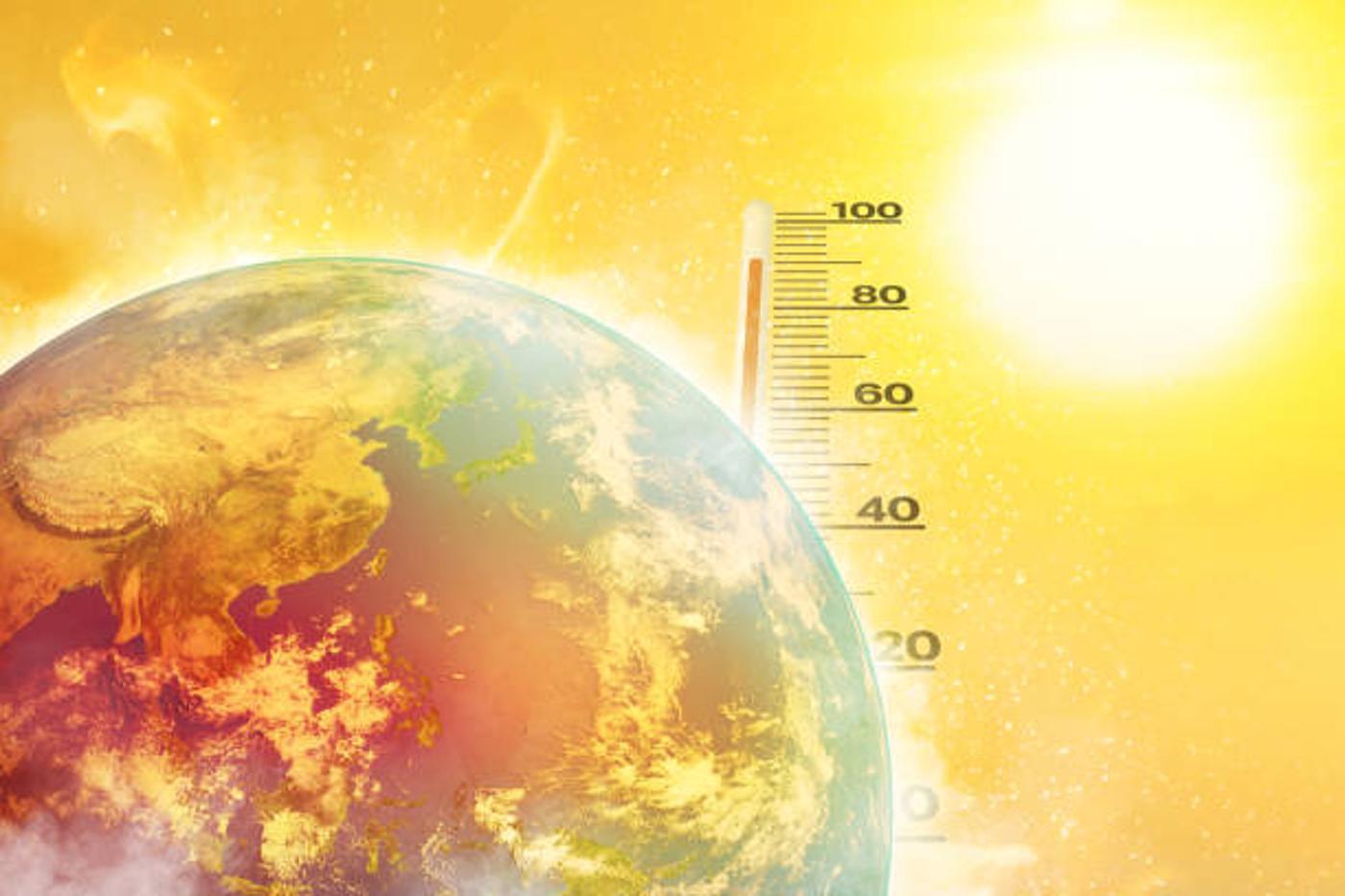
The Earth’s atmosphere is composed of four elements: 78% nitrogen, 21% oxygen, 0.9% argon, and 0.03% carbon dioxide. When these elements are well-balanced, the atmosphere functions as it should. However, it starts to fail if there is too much or too little of anything.
An excess of carbon dioxide specifically creates a kind of greenhouse effect, insulating the planet and causing surface temperatures to rise. In other words, added carbon dioxide is causing global warming.
Fossil Fuels Are Already Adding Too Much Carbon Dioxide to the Air
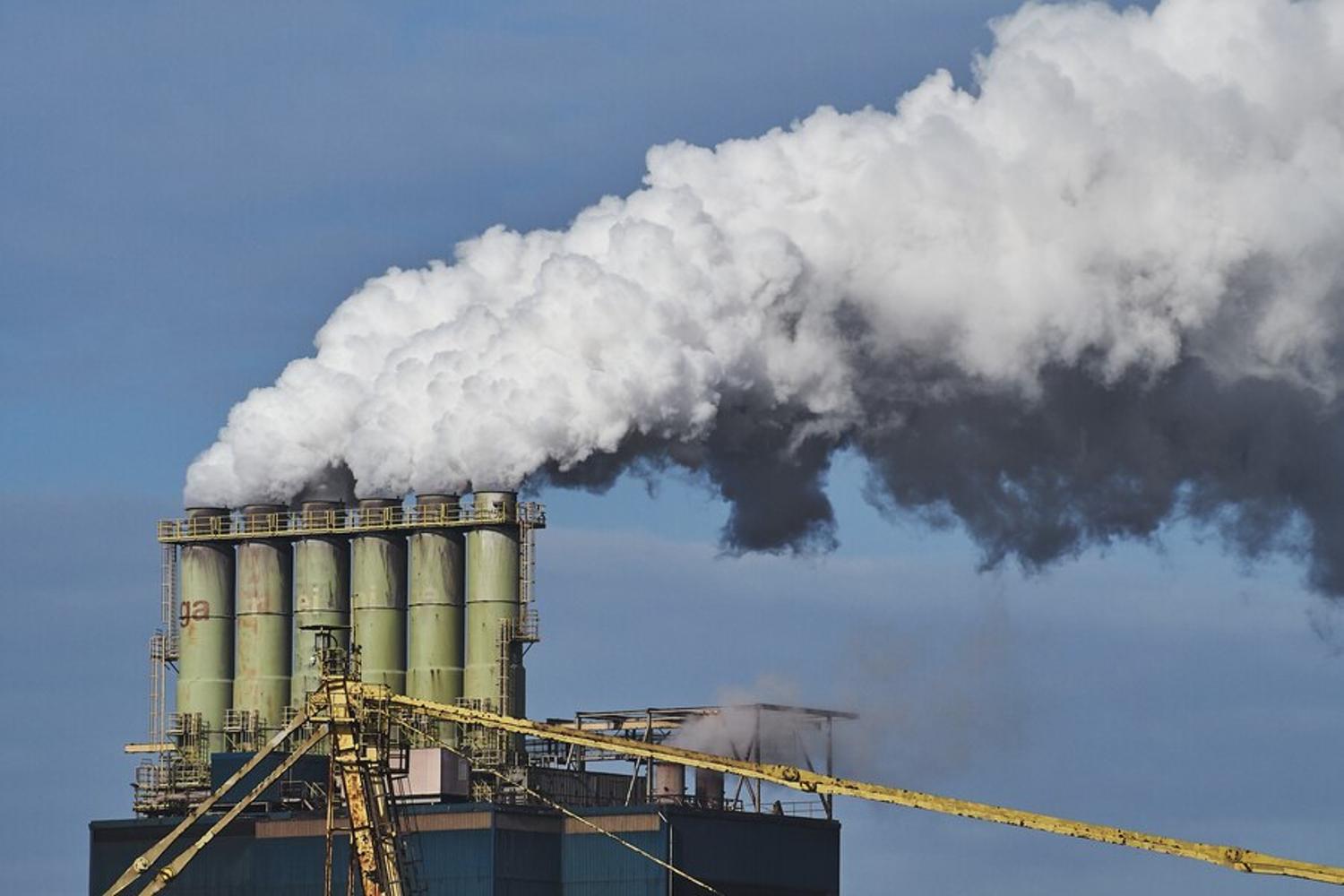
Of course, most of the added carbon dioxide in the atmosphere has been released by the production and use of fossil fuels, including coal, gas, and oil.
However, deforestation, industrial farming, and pollution also contribute to this dangerous reality. And now, we know that bottom trawling adds hundreds of millions more tons of carbon to the atmosphere every year, possibly pushing the planet past its breaking point.
The Seafood Industry Is Worth More Than $236 Billion

Even though experts now know how detrimental commercial fishing is to the planet, it’s a very challenging industry to change.
The global seafood market is worth more than $236 billion, and humans consume more than 44 pounds per person of seafood annually. The world needs seafood, but it’s become clear we need to find a better way to farm it.
Vertical Ocean Farms Could Be a Solution to This Problem
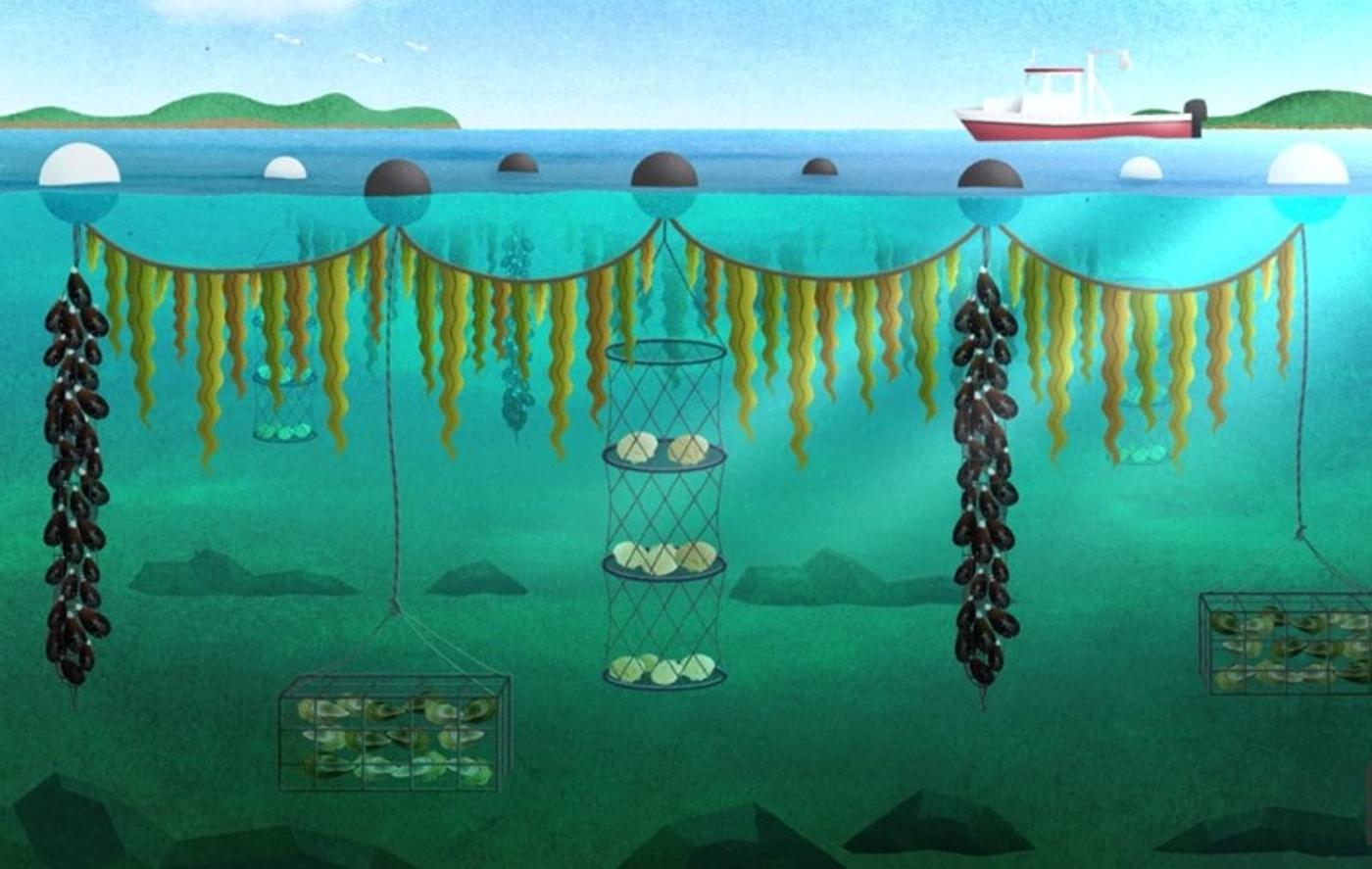
Some researchers believe the solution to the commercial fishing problem is the creation of vertical ocean farms.
Vertical ocean farms are designed to breed the seafood people so desperately want without ruining the ocean’s ecosystem, polluting its waters, or dragging up millions of tons of carbon. They haven’t become popular yet, but many say they may be the future of the seafood industry.
Even Statues Along the Ocean Floor Could Help
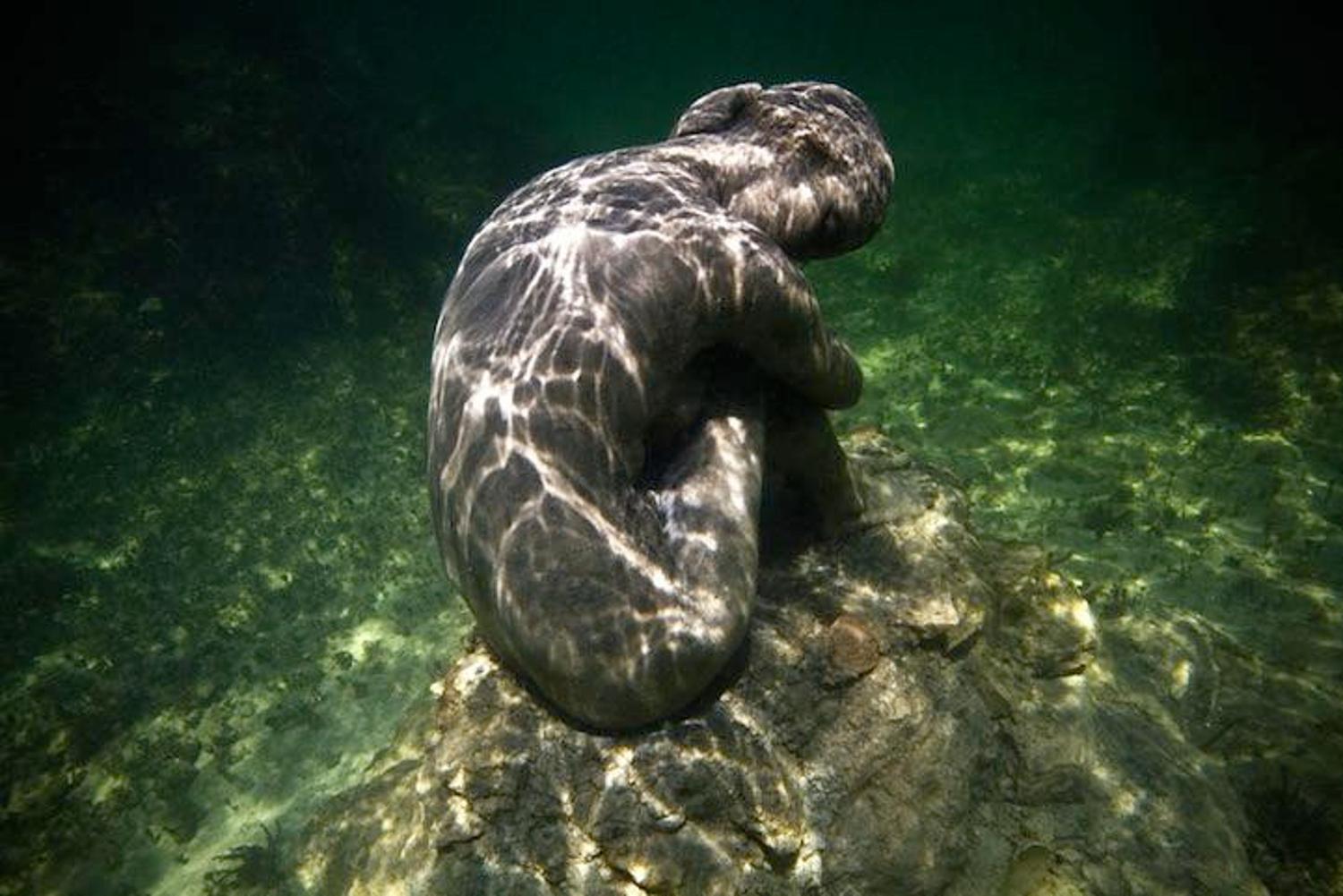
Although it may seem too simple to work, some argue that the best way to stop bottom trawling is to fill the ocean floor with obstacles. One man in Italy stopped illegal trawling in the bay near his home by dropping several large statues onto the sea floor.
Fishing boats can no longer drop their nets and trawl for fish as they will become entangled in the statues and break. As an added bonus, the statues seem to be attracting a variety of marine life, almost like a coral reef made of stone.
It’s Time to Make Some Serious Changes to the Fishing Industry

The reason why the commercial fishing industry has been able to get away with such blatant disregard for the planet is because climate change programs like the Paris Agreement only focus on carbon released from land.
However, with this new information, it’s becoming increasingly difficult to ignore that this industry substantially contributes to climate change. If we want to save our planet for future generations, the fishing industry must change its ways.








































